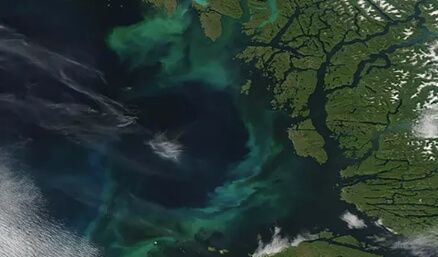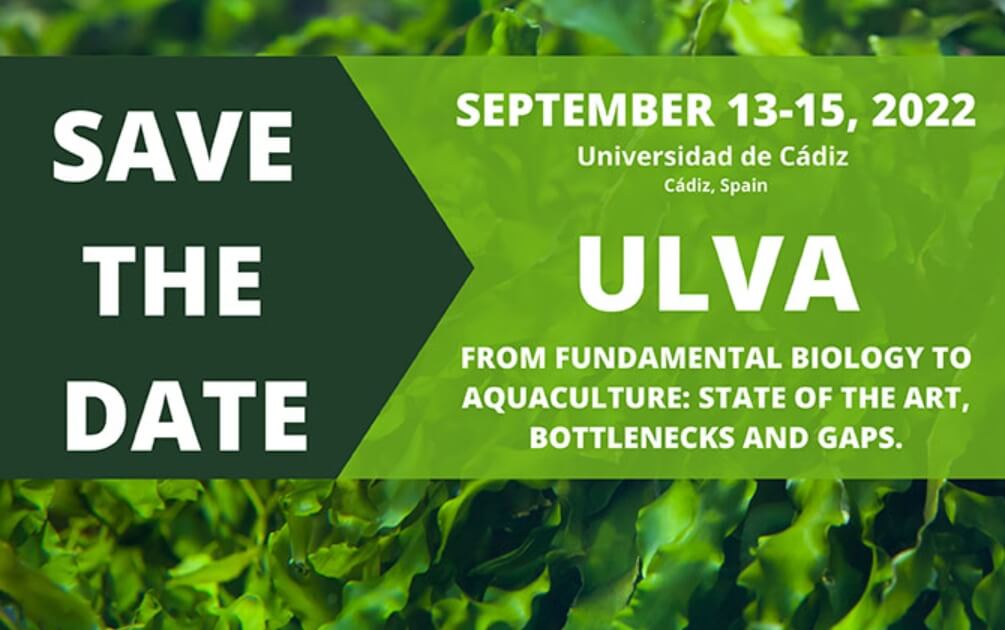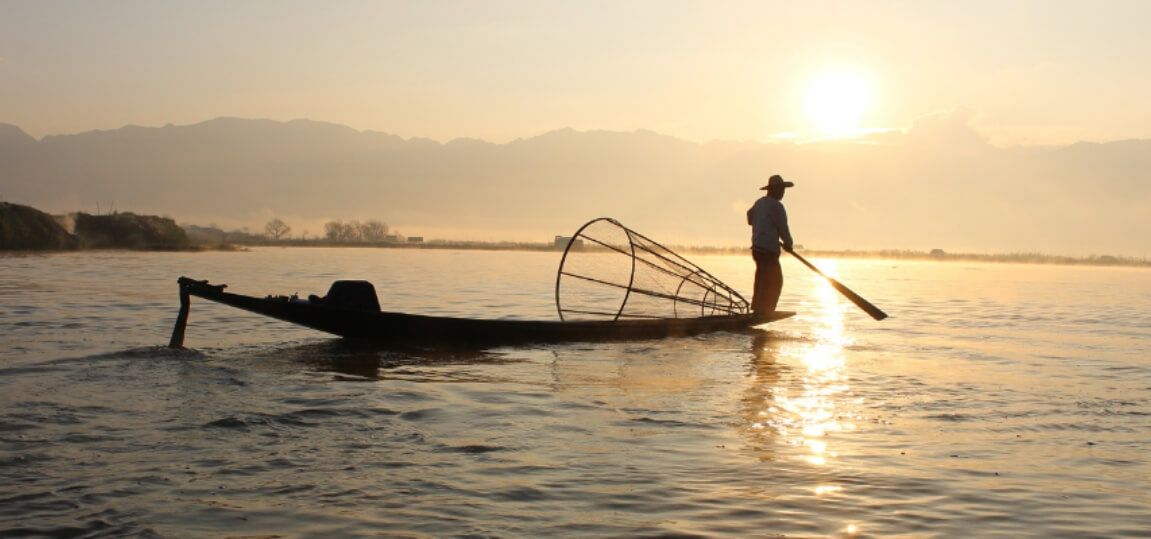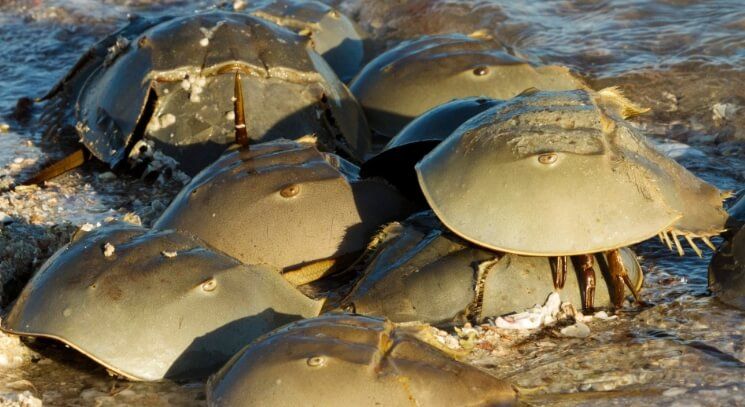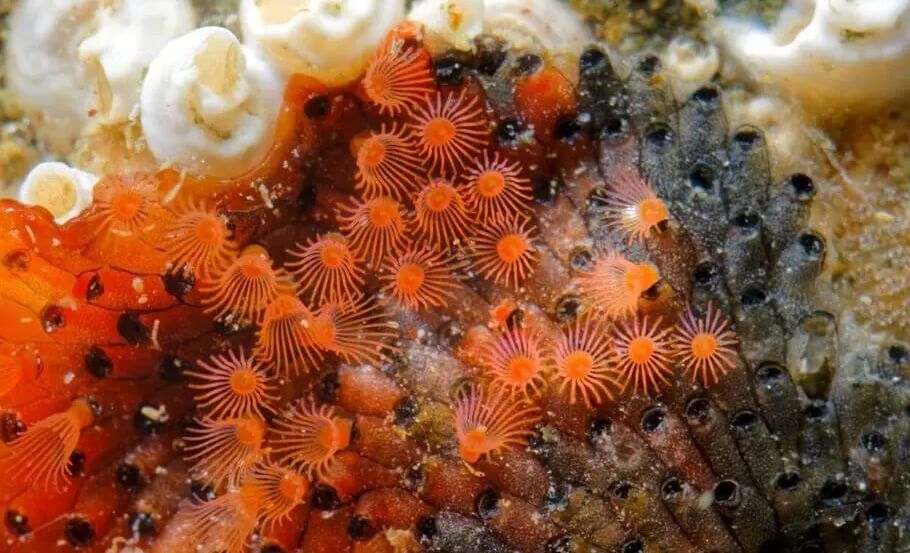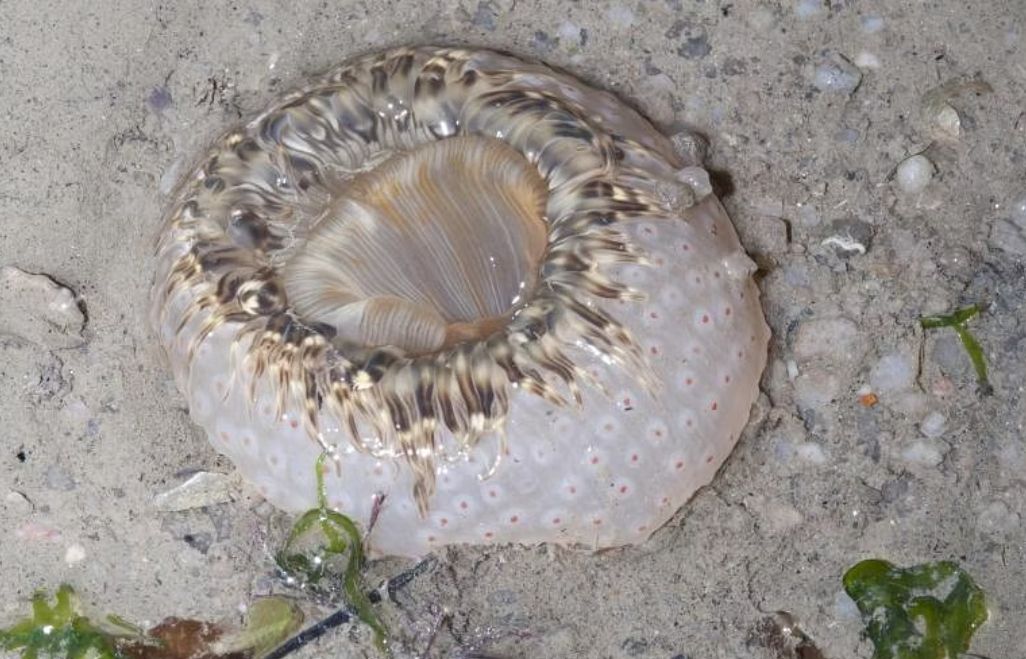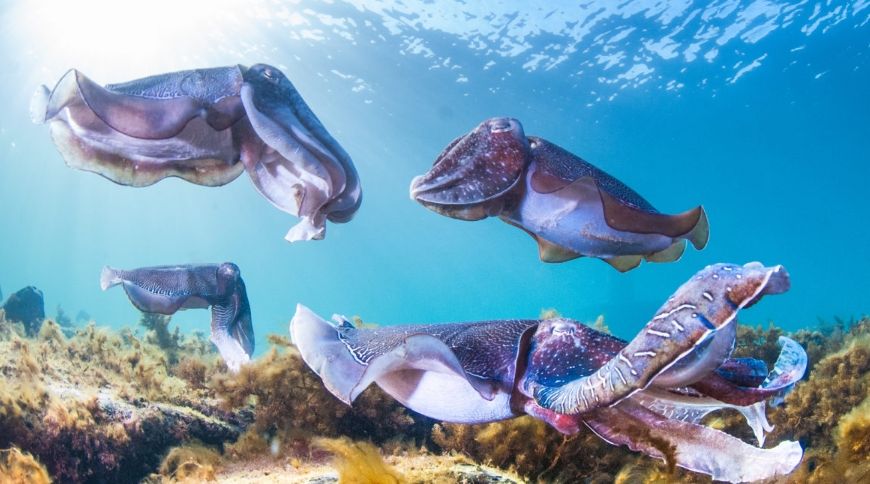New research suggests that Earth’s oceans are experiencing a shift in color, and climate breakdown is likely the driving force behind this phenomenon. The once deep blue sea is gradually transforming into a greener hue, particularly in low latitude regions near the equator.
The Significance of Ocean Color
“The significance of this issue lies not in the color itself, but rather in the color serving as an indicator of ecosystem changes,” explained BB Cael, a scientist at the University of Southampton’s National Oceanography Centre and author of the study featured in Nature.
A Unique Approach
Cael’s research team took a unique approach to study ocean color changes. Instead of focusing solely on shifts in the greenness of the ocean, they extensively analyzed two decades’ worth of data from NASA’s Modis-Aqua satellite. This satellite provides a comprehensive range of colors beyond green, including red and blue, enabling the identification and study of patterns of change in the ocean’s overall hue.
Insights from Plankton Populations
Diverse sizes and pigments of plankton result in distinct light scattering and absorption patterns. By studying variations in color, scientists can gain valuable insights into global shifts in plankton populations. Phytoplankton, being a fundamental component of marine ecosystems, holds immense importance as it forms the basis of numerous food chains within the ocean.
Extent of Ocean Color Changes
By comparing the observed changes in ocean color with a computer model simulation representing a scenario without human-induced global warming, significant color changes across vast stretches of the tropical and subtropical ocean were identified. These changes have been observed across more than half (56%) of the Earth’s oceans, encompassing a larger area than all the landmasses combined. While a noticeable “greening effect” is predominant in most regions, Cael noted that there are also instances where red or blue colorations are either increasing or decreasing.
Understanding the Impact
“These changes may not be drastic or catastrophic, but they can be quite subtle,” commented Cael. “Nevertheless, they provide us with additional evidence that human activities are likely influencing significant portions of the Earth’s biosphere in ways that we have yet to fully comprehend.”
Need for Further Investigation
While this finding effectively establishes another outcome of climate change, the extent and underlying mechanisms behind these changes in the ocean remain uncertain, as highlighted by Michael J. Behrenfeld, an ocean productivity researcher at Oregon State University, who was not part of the study. Further investigation is needed to understand the magnitude of these changes and the specific factors driving them within the oceanic ecosystem.
NASA’s Pace Mission
In January 2024, NASA is set to launch the Pace (Plankton, Aerosol, Cloud, Ocean Ecosystem) mission, an advanced satellite endeavor. This mission will revolutionize studies like these by measuring hundreds of ocean colors instead of just a few, allowing for more comprehensive analysis. “Taking the big leap towards making ecologically meaningful interpretations of these changes is certainly the next significant stride,” emphasized Cael, highlighting the importance of advancing our understanding of the ecological implications associated with these observed changes.


